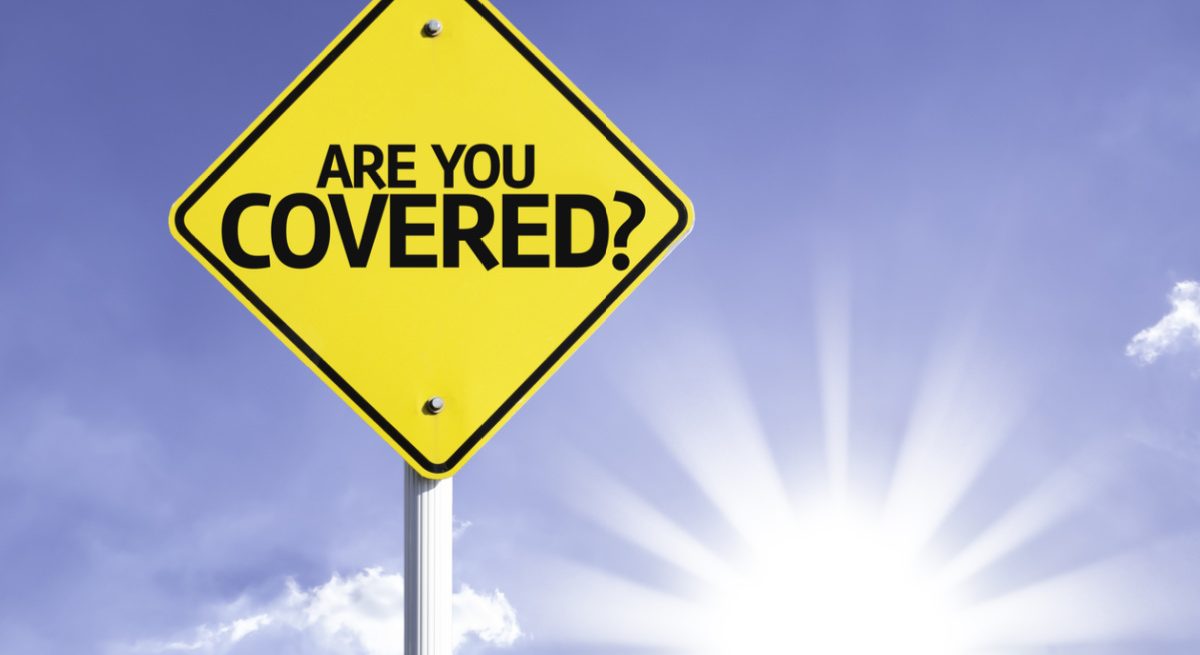Post-Pandemic Insurance Liability Considerations All Restaurant Owners Should Be Aware Of
4 Min Read By Kimberly Patlis Walsh
The impacts of COVID have been heavily felt by those in the restaurant and hospitality sector. Not only were restaurants forced to close for sustained periods of time or worse closed forever, and in many cases such closures resulted in loss of staff due to lay-offs and significant loss in revenue, and the “re-openings” have been plagued (globally) by capacity restrictions, worker shortages and continued challenges attracting customers. The most significant impact of the pandemic on restaurants has been the loss of revenue and business interruptions during shutdowns due to supply chain challenges and worker / capacity restrictions. Many restaurants turned to their insurance policies to provide protection for revenue reimbursement, (i.e., insurance proceeds for loss of revenue), but found the majority of insurance policies, unfortunately, did not / do not provide the coverage they anticipated.
How Insurance Policies React
During the pandemic, the largest group of noticed insurance claims to the insurance carriers were relative to loss of income against property and liability policies. While most industry sectors were affected in one way or another by the pandemic, manufacturing, retail, restaurants and hospitality sectors were most dramatically impacted. Most Insureds looked to their insurance policies, specifically their Property insurance, to provide protection under the “Business Interruption” section for loss of income reimbursement. However, in order for the business interruption component to trigger within a property program, there needs to be an insurable “physical” property damage or loss due to a covered peril. In addition, most property policies have specific exclusions relative to virus, mold, bacteria and/or communicable diseases as uncovered perils. Without a direct physical loss due to a covered peril, property programs will not provide protection for business interruption-related loss. Despite the above, many brokers and consultants have recommended clients, at minimum, notice the insurance policies anyway, to avoid untimely reporting, to allow for a recordkeeping of loss of income, and to create a placeholder in the event a state or federal government was to force insurers to provide some level protection in the future. To date, there has not been a material recovery or affirmative response from carriers on income loss or business interruption losses due to the pandemic. Further, there has not been government-led legislation changing carriers’ positions to date.
Similar to Property claims, the workers’ compensation/employers liability and general liability insurers have also been inundated with notifications of claims/loss in an attempt to trigger coverage on those policies as well. However, claim denials have been widespread across these policies, given standard ISO policy forms, and specific exclusionary language has been inserted around virus, mold, bacteria, and communicable disease as well. The burden has been on Insureds to “prove” that employees and/or third parties (i.e., customers or contractors of restaurants) contracted the illness at their property. Proving contraction at a particular site is extremely challenging, and further challenges will be met in the face of exclusions on all policies. Today, nearly all insurance policies (i.e., Property, Workers’ Compensation, and Primary/Excess Liability amongst other management/executive and professional liability programs) are proposing some level of communicable disease exclusions to specific preclude coverage.
Risk Mitigation and Prevention Practices During Pandemic
Given the lack of insurance protection, restaurants need to move to protect themselves by continuously improving risk mitigation and safety procedures. Not only have most restaurants implemented more rigorous employee safety measures, including vaccination and mask requirements amongst staff, temperature checks, frequent hand-washing requirements, etc., but they have also improved customer safety through the minimization of “touch points” through digital menus and touch less payment/billing, which have become the standard at many restaurants around the globe. Sanitizer stations and mask requirements frequent almost every restaurant you enter, providing comfort to customers that the establishments are taking their risk prevention and employee/customer safety seriously. Many restaurants have even gone as far as having weekly “professional” sanitization cleanings to ensure the highest quality disinfectant materials are used to prevent the spread of virus/bacteria. Restaurants are also further evaluating their current food safety practices such as temperature control, the prevention of cross contamination of food, and overall food storage processes and are even providing delivery instructions with orders for safer food handling.
New Risk and Exposures Post-Pandemic
Given the uptick in alternative forms of food service and delivery systems, including increased in-house deliveries and the utilization of third-party services, restaurants are now faced with additional exposures to manage. Exposures such as fleet safety for their own delivery drivers, as well as how they can protect themselves when utilizing a third-party provider, as well as cyber / network security are now front of mind risks. Ensuring comprehensive contracts are in place with these third-party providers with appropriate insurance limits of liability and specific terms/conditions to best protect the enterprise and the professional’s coverage. Many restaurants have developed internal fleet safety plans for its own delivery drivers, with motor vehicle checks on new delivery drivers to ensure safe driving histories, as well as requiring minimum limits of insurance on their personal vehicles. The need for broadened protection on their own insurance policies to include coverage for Hired and Non-Owned vehicles to ensure protection in the event of an incident involving one of its delivery drivers. Cybersecurity is another risk facing all enterprises given the level of increased business interruption and security breaches.
As restaurant owners navigate these new realities, it’s important for them to reevaluate their insurance policies and consult with a credible risk management advisor to determine business strategies, manage negative impact on customer, vendor or other third-party contracts, mitigate costs and address shifting business risks that could impact losses and/or their future insurance coverage.
If you are not reading this article on Modern Restaurant Management, please reconsider your reading choices and visit the original source.


